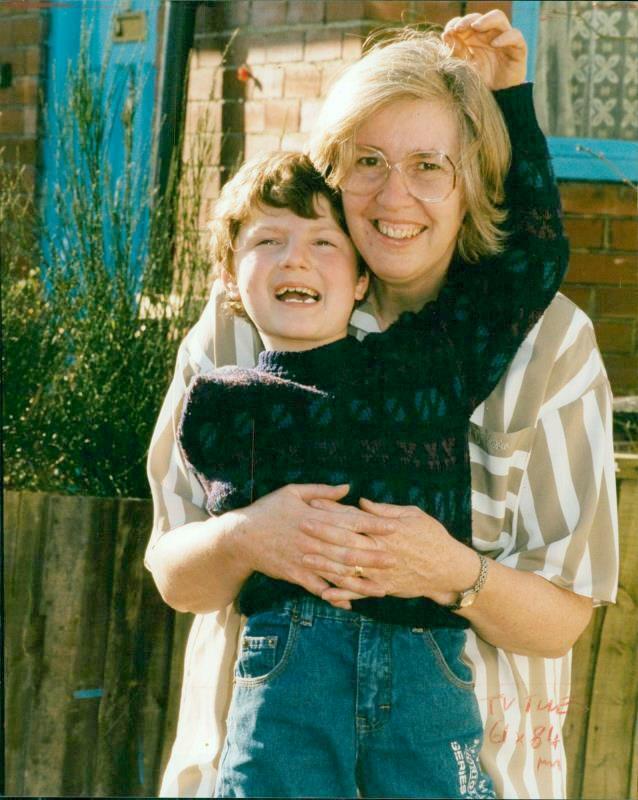
Figure 1.--This beautiful little boy is Igor. He was born in Belarus while it was still part of the SOviet Union, an area badly affected by the 1986 Chernobyl disastert. Here we see him in Britain during 1995. The press caption read, "Igor--Child of Chernobyl: Igor Pavlovets is an eight year-old boy who was conceived in Belarus, one of the former Soviet Republics, two months after the world's worst nuclear disaster at the Chernobyl nuclear station on 26 April 1986. Born with only one arm and stunted legs, he was abanodoned by his parents and has spebt his life so far, in institutions. He was brought to Britain by an English charity -- The Chernobyl Children Life Line, to be fitted with artificial limbs, and has been fostered by the Bennett family from Surrey, who have formed a powerful bond with this bright, intelligent little boy." Here we see Igor with his foster mother Barbara Bennett. |

